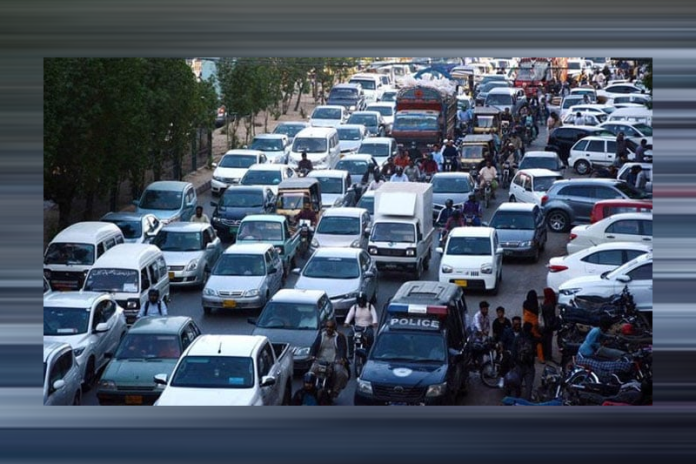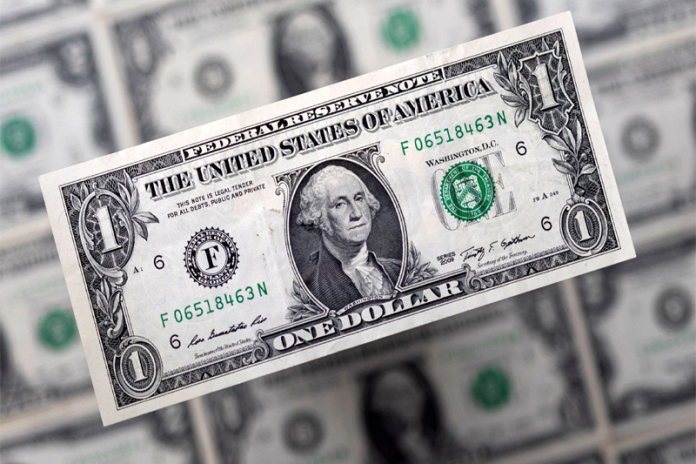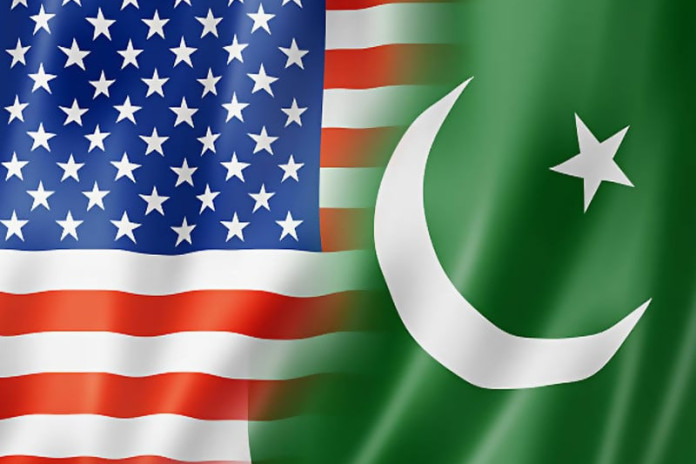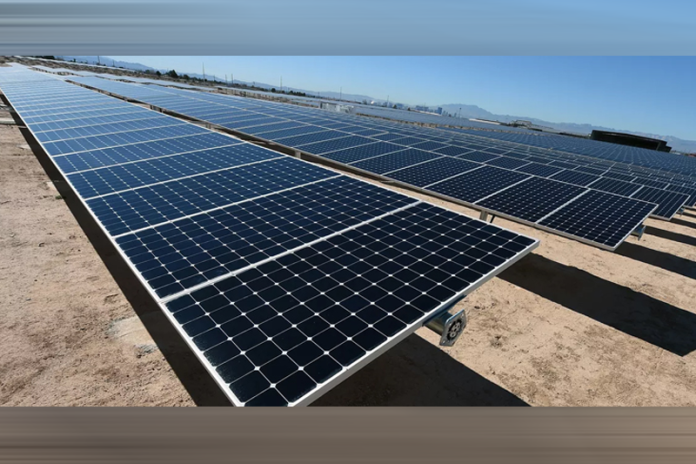Pros and cons of print media
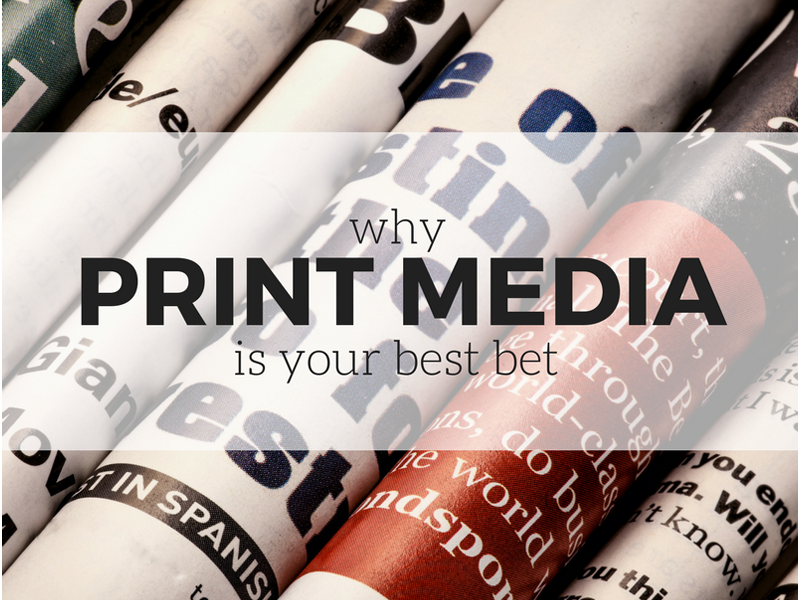
- 512
- 0
Any print publication pushed out for mass communication is known as Print media. Print media includes newspapers, magazines, leaflets, flyers, anything physically printed on paper comes under print media.
Print media has been number one advertising method for centuries yet no new media has been able to challenge still-rising popularity of print media among its consumers as well as among wise advertisers and marketers. Main reason for this is that print media is one of most trusted ways of communication and one of cheapest ways to reach a broad audience fast. However, with digital media marketing becoming new trend in marketing, many marketers forget print media. But marketers and advertisers should not overlook power of print media even during this digital age.
Back in 1920s, naysayers said that print media was finished with very beginnings of radio, when Americans began to gather around radio for entertainment. They repeated death knell in 1950s, when television topped allure of radio, with its combined sound and moving pictures. And, at turn from 20th to 21st century, many were sounding call that internet would be death knell of TV, as internet transformed way people gather information. But here it is, nearly 100 years after first obituary was written. Print media is not only alive and well, but many people would say, that it has been reinvigorated by competition from online sources and social media.
While we are living in an inexorably digital world, print media is as yet an amazingly significant piece of the marketing blend. Investing in print media can assist businesses with stretching out their scope to likely customers, acquire openness and draw in their intended interest groups with crusades.
All things considered, proactive communication in business depends on connection you do with your guests, leads and audiences. Print media join data, your association’s trust, customer/client needs, your offers and services styled in brilliant colors and appealing design plans.
If you want to know more about print media, then read this article as we bring to you advantages and disadvantages of print media here.
PROS:
VIEWED AS CREDIBLE: Research variously shows that print’s credibility stems from a favorable impression formed by very nature of printed word, as well as by “halo effect,” or spillover prestige enjoyed by publication in which an ad appears. This is not to say that consumers view all print ads as credible all of time, content of ad has significant influence. But overall, consumers view print media as more believable and trustworthy than radio, TV and internet.
NO INTERRUPTIONS HERE: Print media also benefits from not being a form of “interruption marketing,” or a brazen interruption that occurs while consumer is trying to digest information. Rather, he can read a newspaper or magazine ad, thumb through a brochure or make notes on a direct mail piece on his terms and because he wants to spend time doing so. TV commercials are a form of interruption marketing so are banner ads on web. Popularity of ad blockers ought to tell small business owners plenty about how consumers view such intrusions.
CONTROL OVER APPEARANCE: Another newspaper advertising advantage is that you can control way it looks. You have complete power over colours you use and characteristics of paper. Every aspect of typography, colour choices, graphics and design allows you to create a presentation that meets expectations of your prospects. Other types of media provide less control over these aspects. Digital media can be subject to operating systems and browser configurations and television advertising only appears and sounds as good as technology it is presented upon.
FLEXIBILITY: Print ads are amazing at allowing you to target your audience. You’re in full control of exactly what section of newspaper or magazine you place your ad in and you can do this based on information about where your audience is most likely to read. You can run your ad in specialty magazines related to your topic or in general papers that deliver to your geographic locations. You can also run your ad on a specific day of week. You can tailor your campaigns to suit your budget by changing size and color of your ad. Even more, you will be working with a human being when you buy your ad space, so you won’t be at mercy of an online algorithm that decides where your ads are seen. Print media provides you much more customisation than digital ads.
CREDIBILITY INCREASES READER LOYALTY: Print publications are better able to increase reader loyalty because they are credible. Many people subscribe to magazines and newspapers because they understand and believe that information provided to them is credible and accurate. Publishing an article in print takes a lot more effort than publishing something online. This is because you only have one chance to get every word and image right before it gets published. With online ads, you can go back in to change or tweak your ad and send it back out. Since there is this pressure on accuracy and credibility and print media, readers are more likely to trust this platform. This works to your advantage by generating leads and sales much easier. As an added benefit, this trustworthiness leads to better reader loyalty.
Cons:
NOT FOR A GLOBAL AUDIENCE: Print media is not best method to get the word out about your business if you are targeting a global audience as it’s very rare to find print publications that read globally.
PRINT MEDIA REQUIRES LONGER LEAD TIMES: Immediacy of social media has cast a brighter light on meaning of word “long.” Even if it’s not particularly well done, an ad can be written and posted on a social media platform within minutes. Competition has helped shorten lead times, but print ads must be written, produced and distributed. Knowing this, small business owners should plan accordingly, designating print media for messages that are less time-conscious in nature and are less likely to change at a moment’s notice.
DULLNESS: Printed media cannot capture sound and movement required by an audience raised on audio and video of television and Internet.
MATERIALS: At minimum, printed materials require paper, which is harvested from trees and ink, which comes from chemicals. Both require time-consuming and expensive processes to make.
LIMITED AD PLACEMENT CONTROL: When it comes to printing ads in newspapers or magazines, you don’t always have a lot of control over where your ad is placed. This lack of control over placement can hinder your ability to reach your target audience and may impact returns you see on your investment.


